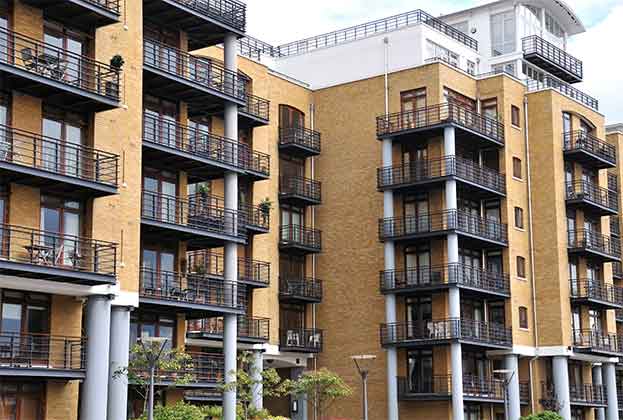Levels of private renting and mortgaged owner-occupation are changing due to a combination of structural and short-term drivers. What exactly is behind the shift? And will the experience of Covid-19 make a difference?
Reaching equilibrium or temporary respite?
According to the English Housing Survey, the number of households in the private rented sector (PRS) more than doubled between 2000–01 and 2013–14 as the number of mortgaged owner-occupiers fell by 1.5 million.
This not only reflected increased barriers to home ownership, as deposit affordability became the overriding hurdle to get on the housing ladder. It also reflected a significant increase in the amount of private rented accommodation, provided by a seemingly ever-growing band of buy-to-let (BTL) investors.
A change in direction
However, over the past five or so years we have seen private renting plateau and owner-occupation bottom out according to both the English Housing Survey and, importantly, the more extensive Labour Force Survey. Indeed, there are signs that levels of private renting has been falling and that owner-occupation has been on the rise.
That reflects some structural changes in the housing market but also some shorter-term factors, which in the past few years have supported first-time buyer (FTB) numbers and restricted the supply of private rented accommodation from BTL investors.
Five key takeaways
- Multiple sources indicate that growth in private renting has plateaued and that falls in mortgaged owner-occupation have bottomed out over the past five years.
- Mortgaged owner-occupation has been boosted by an increase in first-time buyers. Higher LTV mortgages, Help to Buy, and support from the bank of Mum and Dad have helped support this growth. But we’ve also seen a rise in older households holding mortgage debt for longer.
- Despite the increase in first-time buyer activity, private renting has continued to increase and mortgaged owner-occupation fall in the ‘lost generation’ of 35–44-year-olds.
- In the short term, we expect first-time buyer numbers to fall, along with the transactional activity in the rest of the market. Help to Buy has a limited life-span, and Covid-19 may prevent any increase in higher LTV lending and curtail activity from the bank of Mum and Dad.
- We expect Covid-19 to add to pressure on private landlords in an already undersupplied rental market. That leaves significant capacity for the expansion of Build to Rent, which currently accounts for less than 1% of privately rented homes.
Read the articles within Spotlight: Changing drivers of tenure below.
.jpg)


